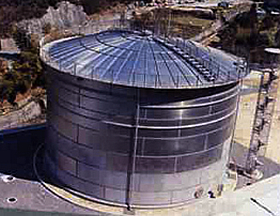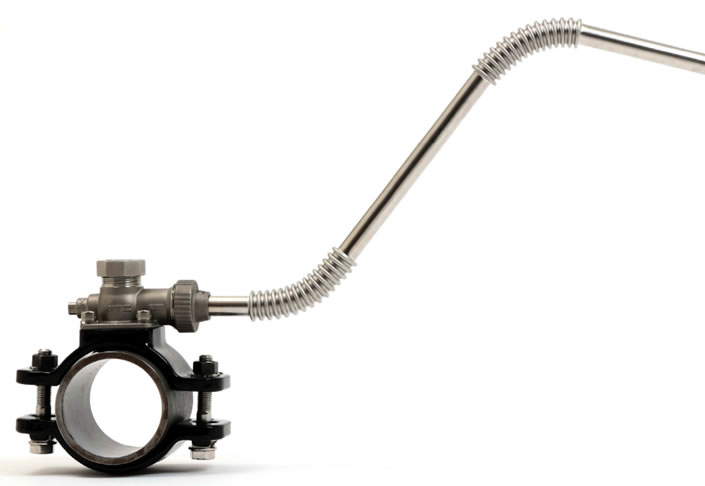Water is a precious resource. Many parts of the world are facing water use limitations due to drought, polluted ground water, or deteriorating water tanks, mains and lines that cause the loss or contamination of potable water. Water is critical to human health, agriculture, industry and safety (i.e. fire fighting).
Stainless steels have been used in the treatment, storage and distribution of drinking water for over forty-five years. While stainless steel plays an important role in water treatment plants and desalination, this article will focus specifically on water conservation, distribution and building applications and the contribution of stainless steel to the sustainability and resiliency of these systems. The resource section at the end of this article provides papers, articles and brochures for further reading.
Building Applications
Stainless steel is increasingly being used for small on-site water storage, treatment or filtration units. These small units clean building waste and gray water, so that potable water consumption is reduced. They are ideally combined with stainless steel roofs and drainage systems, which unlike many other roofing materials, have metal run-off levels well below drinking water limits, making them an ideal solution for potable, irrigation or gray water applications. Capturing and using rainwater minimizes the structure’s overall environmental impact.





